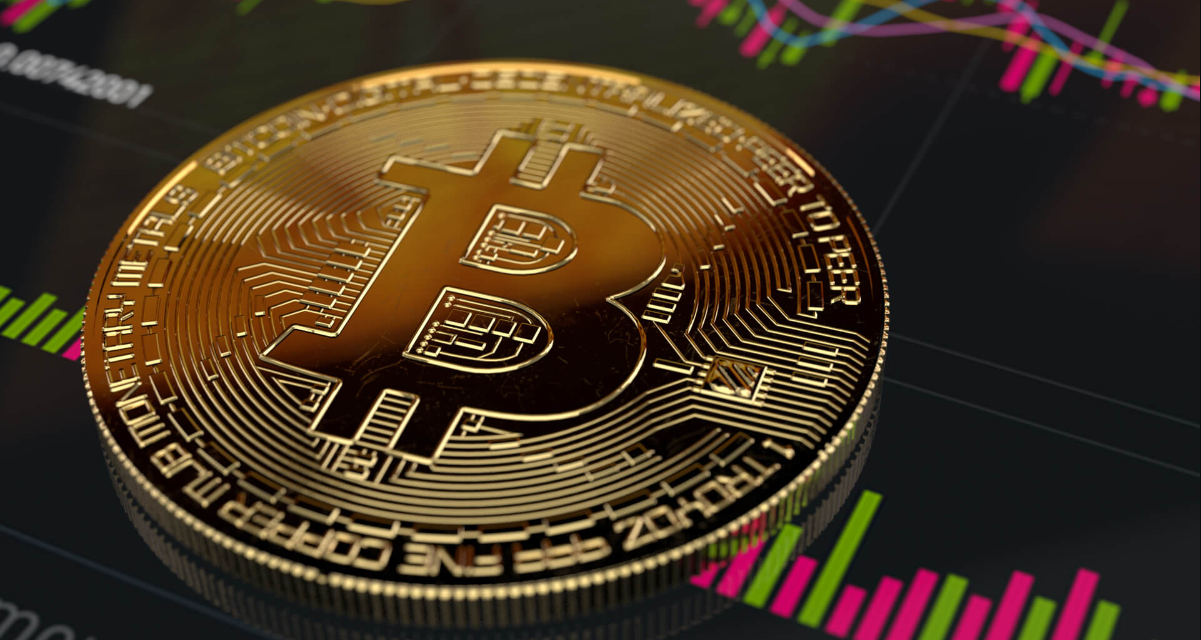In the ever-evolving landscape of global financial markets, Bitcoin has once again captured the attention of investors and enthusiasts alike. Recent developments have showcased the resilience and potential of this digital currency, as it surged in the face of Federal Reserve Chairperson Mester’s support for unabated tightening and higher interest rates. In this article, we delve into the reasons behind Bitcoin’s impressive resurgence and explore the implications of these developments on the broader financial ecosystem.
The Resilience of Bitcoin
Despite initial concerns surrounding the impact of tightening monetary policies, Bitcoin has demonstrated its ability to thrive amidst such circumstances. The recent price surge, which propelled Bitcoin to new heights, can be attributed to several key factors that have elevated its appeal as a preferred investment avenue:
1. Decentralization and Transparency
Bitcoin’s decentralized nature allows it to operate independently of any central authority, mitigating the risk of government intervention and control. The underlying blockchain technology ensures transparency and immutability, providing users with a level of trust that traditional financial systems often lack.
2. Limited Supply and Scarcity
One of the most enticing features of Bitcoin is its finite supply. With a predetermined maximum of 21 million coins, Bitcoin exhibits scarcity akin to precious metals such as gold. This limited supply, coupled with growing demand, serves as a catalyst for price appreciation, making it an attractive long-term investment option.
3. Hedge Against Inflation
In an environment of tightening monetary policies and potentially higher interest rates, Bitcoin emerges as a hedge against inflation. Unlike fiat currencies, which are subject to inflationary pressures due to increasing money supply, Bitcoin’s fixed supply protects against the erosion of value. This characteristic appeals to investors seeking to preserve their wealth in uncertain times.
Implications for the Financial Landscape
The recent developments surrounding the Federal Reserve’s stance on tightening monetary policies and interest rates have far-reaching implications for various sectors within the financial landscape. Let’s explore some of these implications:
1. Diversification of Investment Portfolios
As traditional investment instruments may face challenges in a higher interest rate environment, investors are increasingly seeking alternative options to diversify their portfolios. Bitcoin’s impressive performance and its ability to operate independently of central authorities make it an attractive addition to any diversified investment strategy.
2. Disruption of Traditional Banking
Bitcoin’s rise poses a potential disruption to the traditional banking sector. With the ability to conduct secure and efficient peer-to-peer transactions, Bitcoin offers an alternative to the centralized banking model. This decentralized approach appeals to individuals seeking greater control over their finances and the elimination of intermediaries.
3. Global Financial Inclusion
Bitcoin’s adoption has the potential to foster financial inclusion on a global scale. Its borderless nature and accessibility enable individuals in underserved regions to participate in the global economy. By providing an alternative store of value and means of exchange, Bitcoin empowers individuals who may not have access to traditional banking services.
Conclusion
Bitcoin’s recent surge amidst Federal Reserve Chairperson Mester’s endorsement of unabated tightening and higher interest rates highlights the digital currency’s resilience and potential. Its decentralized nature, limited supply, and inflation-hedging properties position it as an attractive investment avenue in an evolving financial landscape. The implications of Bitcoin’s rise extend beyond mere investment.





